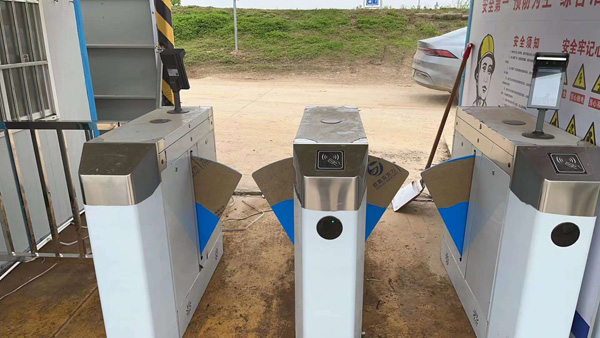0086-13924498389 info@qiruisafe.com
Pedestrian turnstiles are commonly used in Southeast Asia, particularly in high-traffic areas like metro stations, shopping malls, office buildings, and tourist attractions. They help manage crowd control, ensure security, and sometimes facilitate ticketing or access control. Here are some key points about pedestrian turnstiles in the region:
1. Common Types of Turnstiles in Southeast Asia.
- Tripod Turnstiles: Common in offices and residential buildings.
- Flap Barrier Turnstiles: Used in metro systems (e.g., Singapore MRT, Bangkok BTS).
- Full-Height Turnstiles: Found in high-security areas.
- Optical Turnstiles (Swing Barriers): Used in premium locations like airports and corporate hubs.

2. Key Cities & Usage
- Singapore:
- MRT/LRT stations use automated fare gates (flap barriers).
- Shopping malls and offices use tripod or optical turnstiles for access control.
- Thailand:
- BTS Skytrain & MRT in Bangkok use flap barriers with contactless smart cards.
- Some condominiums and offices use turnstiles for security.
- Malaysia:
- KL’s LRT/MRT stations have fare gates similar to Singapore’s.
- Shopping complexes like KLCC use turnstiles during peak hours.
- Vietnam:
- Hanoi & Ho Chi Minh City’s metro systems (newly developed) use automated gates.
- High-end offices and apartments use turnstiles for access control.
- Indonesia & Philippines:
- Major malls and transit systems (e.g., Jakarta MRT, Manila LRT) use turnstiles for ticketing.
3. Technology & Payment Integration.
- Contactless Smart Cards (e.g., Singapore’s EZ-Link, Bangkok’s Rabbit Card).
- QR Code Scanning (increasingly common in Vietnam & Indonesia).
- Biometric Access (some corporate buildings in Singapore & Malaysia).
4. Trends & Future Developments.
- AI-Powered Crowd Management: Some smart cities are testing AI to optimize turnstile flow.
- Frictionless Payments: Integration with mobile wallets (GrabPay, Touch ‘n Go, etc.).
- Touchless Entry: Post-COVID, more places are adopting sensor-based gates.